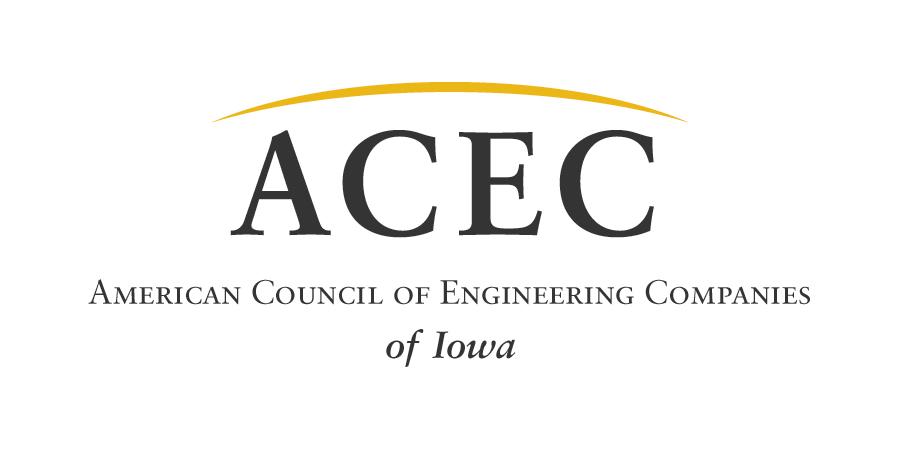2025 WATER & WASTEWATER AWARDSWater and Wastewater Grand Place Award (1st Place in Category) Firm: Snyder and Associates, Inc. and Gross - Wen Technologies Increased Awareness of Pollutants Leads to Regulatory Issues For years, the City of Slater used an aerated lagoon system as its primary wastewater treatment method. However, increased awareness of pollutants and their impact on our environment and human health has resulted in the implementation of considerably stricter EPA regulations. This was accomplished by expanding the scope of regulated contaminants and lowering the maximum contaminant level set for their wastewater discharge. Due to these changes, Slater’s lagoon system could not consistently maintain compliance and was no longer viable as the sole treatment method. The communities’ main concern was the unpredictable ammonia content, which would see spikes during warm spring days. As long-standing clients, city leaders contacted the wastewater experts at Snyder & Associates with the help of Gross-Wen Technologies in 2020 to update their wastewater treatment facility and help mitigate the pollutant issues. The system uses vertical conveyor belts that grow bacteria and algae on their surface. As the algae grow, it consumes nitrogen and phosphorus from the wastewater. This new system is based on Gross-Wen Technologies’ (GWT) patented wastewater treatment technology, a Revolving Algal Biofilm (RAB™) system. This technology, developed at Iowa State University, works in conjunction with lagoon systems when additional biochemical oxygen demand (BOD), Ammonia (NH3), total nitrogen (TN), and/or total phosphorus (TP) removals are needed. The RAB™ can be used with the city’s existing lagoon treatment system to provide supplemental treatment and reduce the loadings on the lagoon system. This method will lower energy requirements by allowing the city to turn off blowers and substantially reduce electrical usage. To better assist our clients, our experts quickly ramped up their knowledge of the RAB™ system to ensure this new technology fit the City of Slater’s needs. Ultimately, this system promotes algae growth which consumes nitrogen and phosphorus nutrients required for cellular growth, thereby removing them from the wastewater. To achieve this, large grit particles are removed as wastewater enters the treatment facility, and the wastewater flows sequentially through multiple RAB™ cells inside the greenhouse. After being treated by the algae, the water progresses through two aerated and one quiescent lagoon. The final step in the process is UV disinfection before being discharged into a small stream. While this system requires more overall space for the complete treatment process, the benefits are eco-friendlier and reduce energy consumption. Additionally, the algae produced by the system is harvested as a consumable material and can be used as inputs for value-added products, including fertilizer and animal feed. Unique Design Meets Space Restrictions & Wastewater Treatment Needs Challenges also arose during the design phase with the necessary grit removal processes. For the RAB™ equipment to work correctly, all grit must be removed before entering the treatment system to ensure longer lifespans of the rotating equipment. Our initial plan was to provide a preliminary treatment process via a mechanical screen and mechanically induced vortex grit removal equipment. However, that resulted in a higher cost than the city found acceptable. With that in mind, our team adjusted the plans by creating a new 200′ X 50′ settling basin that would be located adjacent to the new greenhouse. Greener Future for the Wastewater Treatment Market
Go to Transportation Category | Go to Buildings & Systems Category Go to Special Projects Category | Go to Energy Production Category
|

